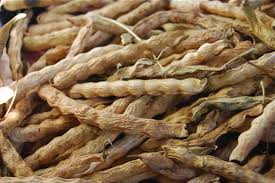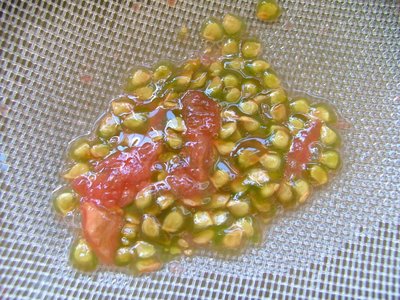How to Save Garden Seeds
Want to keep the garden going year-after-year without having to spend a lot of money on seeds?
Well—I do, too. That’s why seed saving is an essential garden skill.
This time of year the garden is bursting to overflowing. Veggies are producing at such a rapid rate it’s almost impossible to keep up with the harvesting, canning, freezing or consuming, much less think about the next year’s garden season. But, this is exactly the time to think about your next garden, when you have so many plants to collect seeds from.
For centuries gardeners and farmers alike have selected the best plants from their crops and collected seeds for the next planting, essentially creating their own personal seed bank, and you can too!
Following these few simple steps will start you on your way to harvesting not only today’s fresh vegetables, fruits and flowers, but tomorrows as well.
There are two types of seed categories—dry and wet, and while some seed saving steps are similar for both types, seed harvesting starts with one common and important step.
START WITH HEALTHY HEIRLOOM PLANTS!
Healthy plants produce healthy seeds, which in turn produce healthy plants. Choosing unhealthy plants produces just the opposite, so select robust, healthy plants to save seeds from. Planting a garden using heirloom seeds will give you a much better chance of producing viable seeds for saving versus their hybridized and highly modified counterparts. In fact, some plants are developed so they can’t reproduce seeds that can be saved, forcing you to buy new seeds every year.
Dry Seeds—come from plants like sunflowers, beans and peas.
Select a few good plants and allow them to flower and dry-out on the stem. With beans, peas or any other “pod” type vegetable let the pods hang on the vine until they are dry. When the seeds are completely dry, cut them from the stem before they scatter, or before the birds get to them and gently remove them from the head or pod.
Plants that produce a flower head like onions or delphiniums can be cut with a length of stem and dried on a tray or stored up-side down in a paper bag to dry. Punch a few air holes into the side of the bag for ventilation. This paper bag method is also a good place to “catch” smaller seeds.
To clean heavier seeds of chaff pass them between two cups in front of a gentle fan or outside on a breezy day. Lightweight seeds like lettuce or carrot can be clean using a fine sieve. Place seeds in the sieve and gently toss them while blowing out the chaff.
To “cure” the seeds before storing, place them in a single layer on a fine window screen elevated on a few inches and store in a non-windy area for a week. After the seeds have cured completely they can be stored in envelopes or small lidded jars in a cool dark place until ready to use.
Wet seeds—come from plants like tomatoes, cucumbers and squash.
Wet seed fruit should be picked a few weeks past its prime, but before the fruit begins to rot. This will give seeds time to mature completely.
Gently scoop out seeds and place them in a large bowl. Fill the bowl, not quite to the top, with room temperature water and let the seeds stand for about four days. This soaking helps remove the film coating on the seeds and gives the “dud” seeds a chance to float to the top so they can be removed easily. No sense in storing bad seeds.
Drain the seeds through a sieve and rinse well with running water. Rub them gently to remove and residue.
To “cure” wet seeds use the same window screen treatment as before. Be sure to “cure” seeds completely as damp seeds will mold and rot, ruining your hard work and next season’s garden.
Be sure to store all saved seeds in a cool dry place so they don’t lose their viability.
Oh…and don’t forget to label each seed during the cleaning and saving process so you can properly label the storage envelope or jar. You don’t want your next garden to be a guessing game!
There you have it, an easy way to keep your garden going year-after-year for little or no money.


Recent comments
Aenean nonummy hendrerit mauris. Phasellus porta.